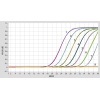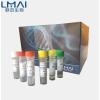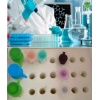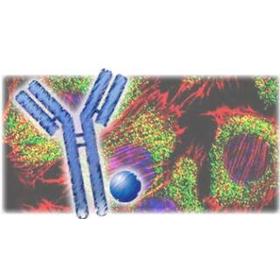
产品详情
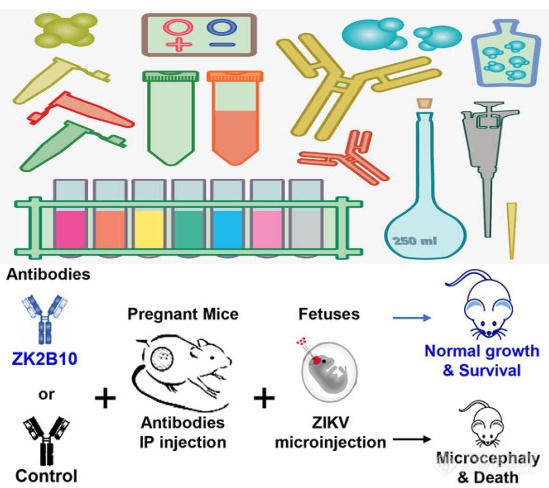
电压门控钾通道蛋白1抗体
英文名称 KCNAB1/Kv beta 1
中文名称 电压门控钾通道蛋白1抗体
别 名 hKvb3; hKvBeta3; K(+) channel subunit beta-1; KCAB1_HUMAN; KCNA1B; KCNAB1; KV-BETA-1; Kvb1.3; Voltage-gated potassium channel beta-1 subunit; Voltage-gated potassium channel subunit beta-1.
研究领域 细胞生物 神经生物学 通道蛋白
抗体来源 Rabbit
克隆类型 Polyclonal
交叉反应 Human, Mouse, Rat, Chicken, Dog, Pig, Cow, Rabbit, Sheep,
产品应用 WB=1:500-2000 ELISA=1:500-1000
not yet tested in other applications.
optimal dilutions/concentrations should be determined by the end user.
分 子 量 47kDa
细胞定位 细胞浆
性 状 Lyophilized or Liquid
浓 度 1mg/ml
免 疫 原 KLH conjugated synthetic peptide derived from human KCNAB1/Kv beta 1:131-230/419
亚 型 IgG
纯化方法 affinity purified by Protein A
储 存 液 0.01M TBS(pH7.4) with 1% BSA, 0.03% Proclin300 and 50% Glycerol.
保存条件 Store at -20 °C for one year. Avoid repeated freeze/thaw cycles. The lyophilized antibody is stable at room temperature for at least one month and for greater than a year when kept at -20°C. When reconstituted in sterile pH 7.4 0.01M PBS or diluent of antibody the antibody is stable for at least two weeks at 2-4 °C.
PubMed PubMed
产品介绍 Voltage-gated K+ channels in the plasma membrane control the repolarization and the frequency of action potentials in neurons, muscles and other excitable cells. The KV gene family encodes more than 30 proteins that comprise the subunits of the K+ channels, and they vary in their gating and permeation properties, subcellular distribution and expression patterns. Functional KV channels assemble as tetramers consisting of pore-forming ? subunits (KV), which include the KV1, KV2, KV3 and KV4 proteins, and accessory or KV-subunits that modify the gating properties of the coexpressed KV subunits. KV∫, also known as KCNAB1 (potassium voltage-gated channel, shaker-related subfamily, beta member 1), is a 419 amino acid accessory K+ channel protein that exists as three alternatively spliced isoforms and regulates the activity of the pore-forming ? subunit. It is expressed in brain, with highest levels detected in caudate nucleus, hippocampus and thalamus.

